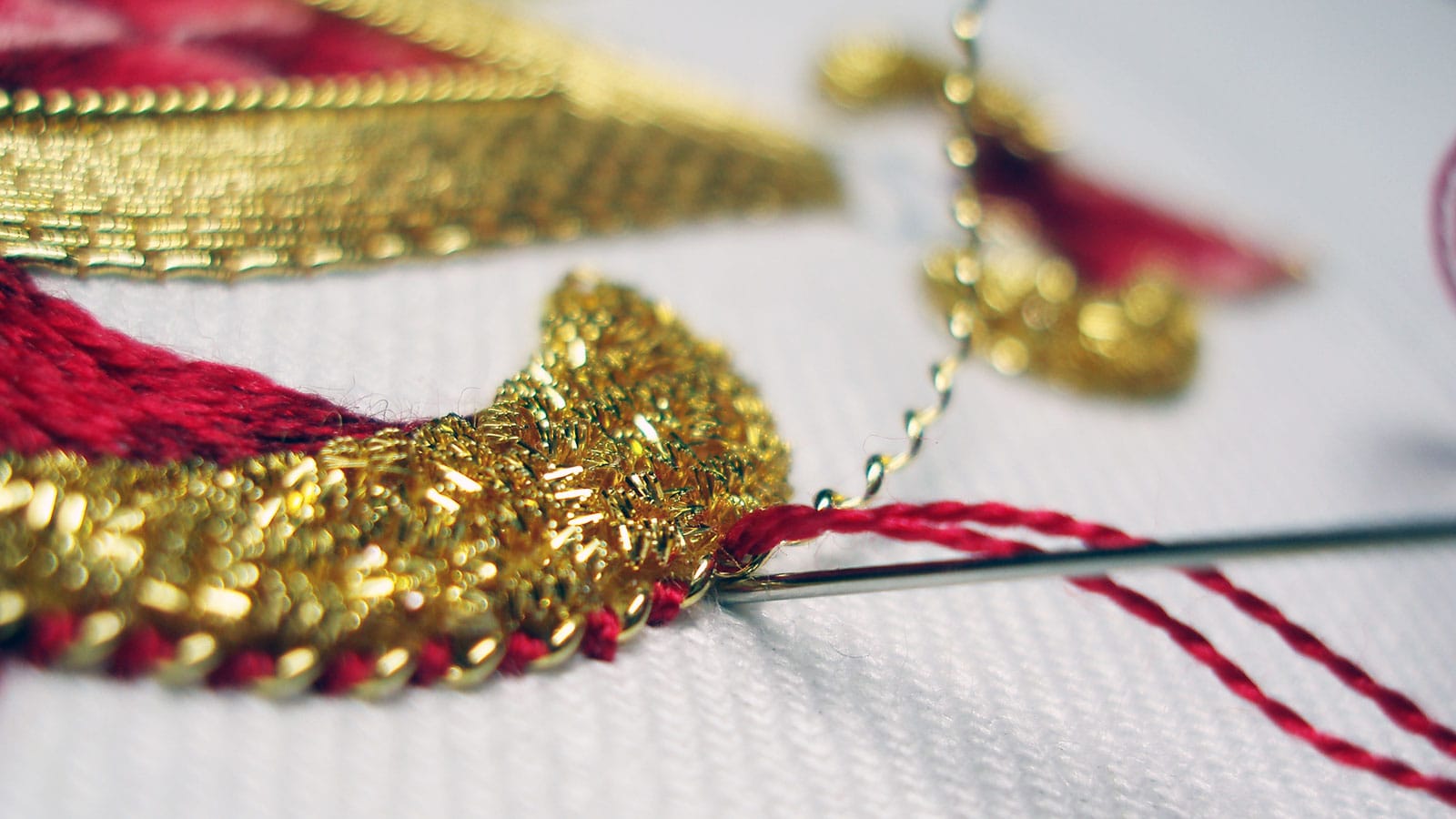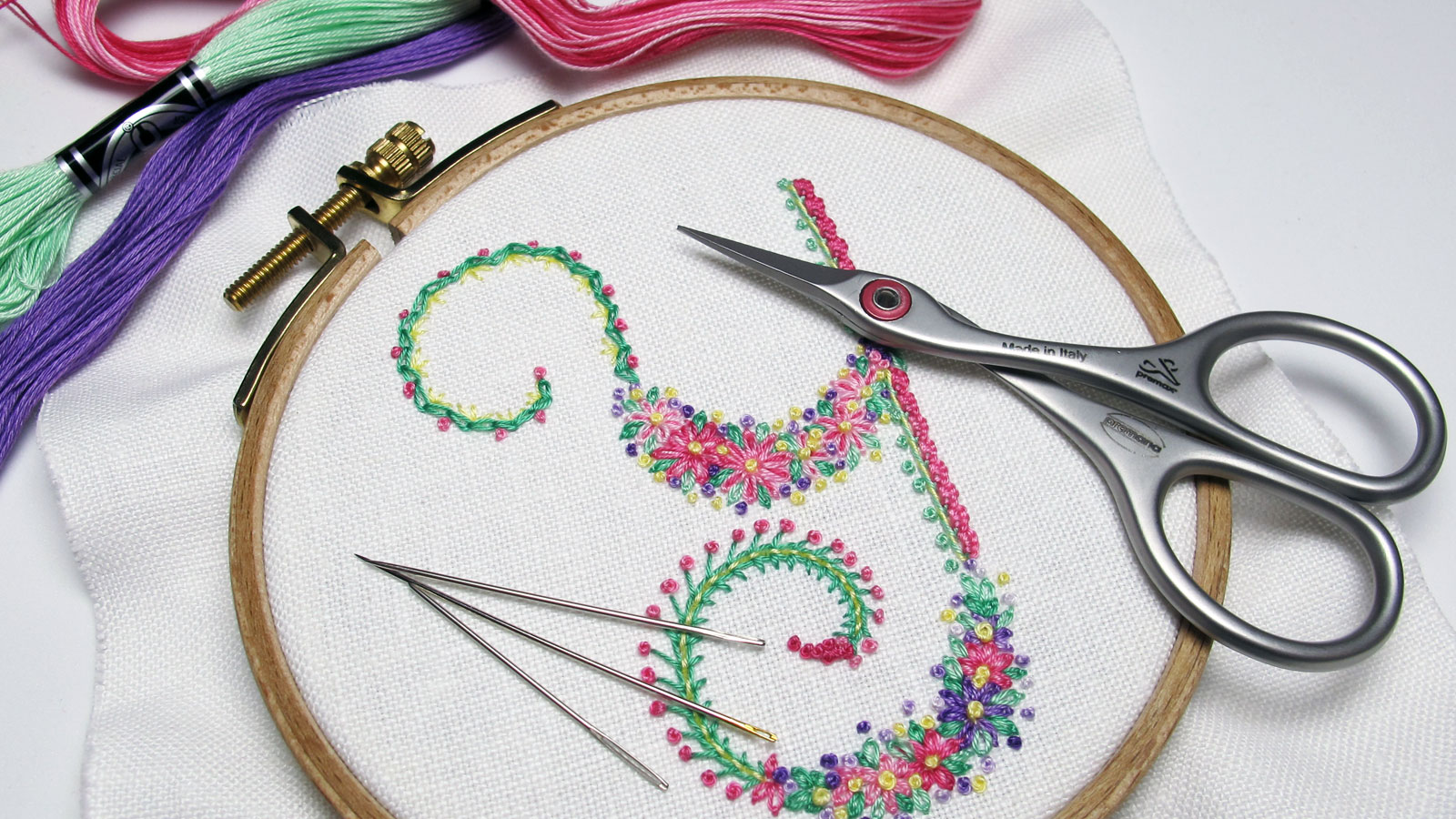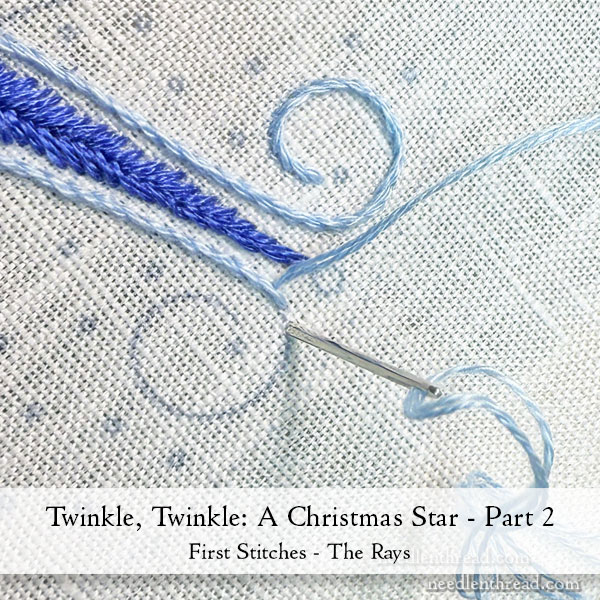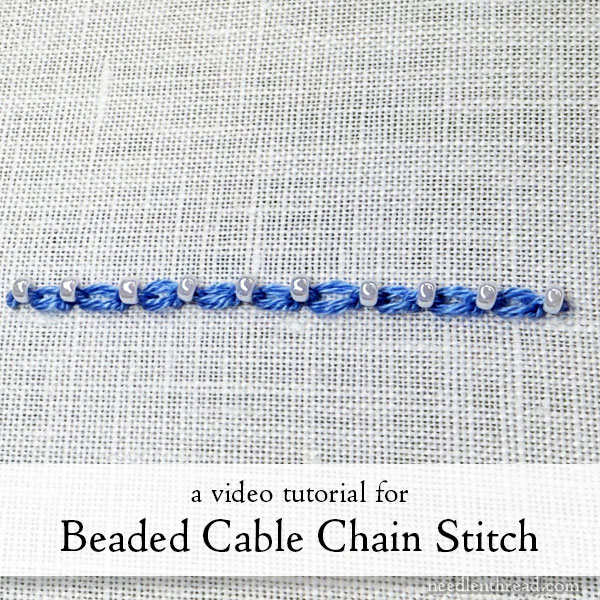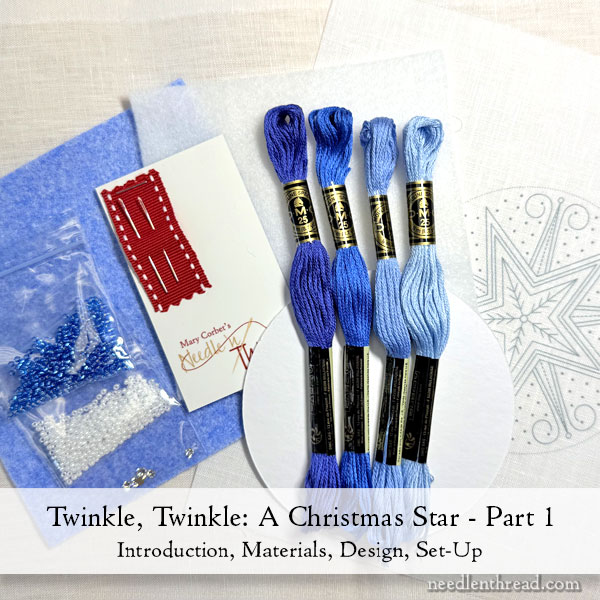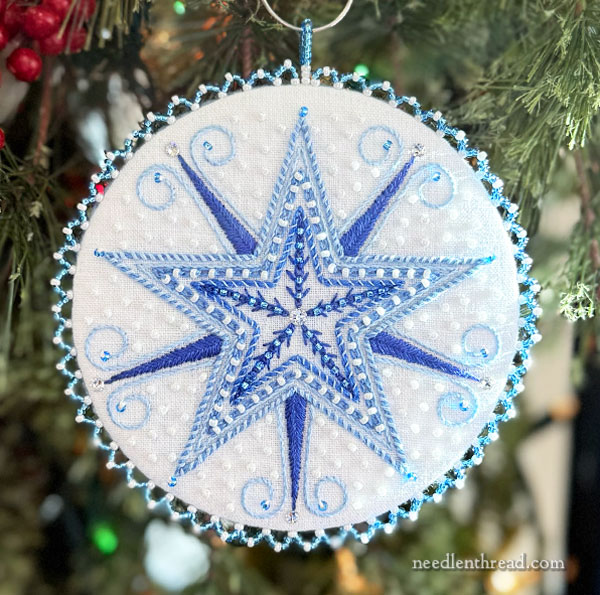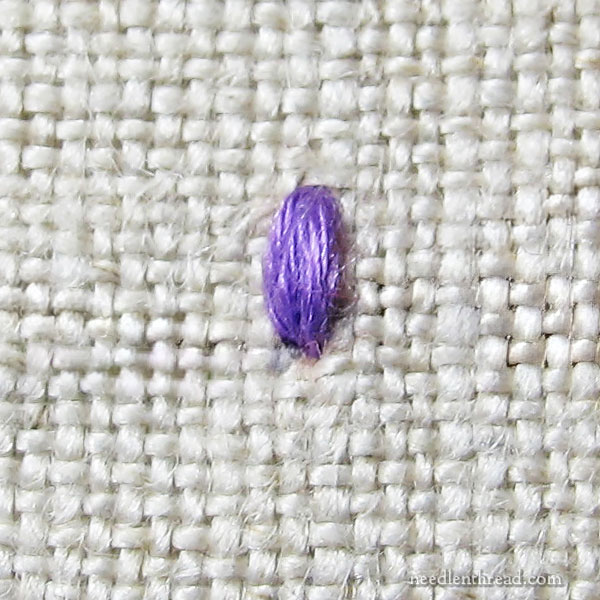November 19, 2025
Holiday Heads-Up: Shipping Deadline & a Sale!
Oh my word! It’s hard to believe that next week is Thanksgiving!
This year, we’re not really engaging in holiday hoopla and whatnot here at the studio (or even on the website).
Now, don’t worry! We’ll be finishing up Twinkle, Twinkle as we move into December (the stitch-along ends on December 12), and I’ll be publishing some articles on the website, but …
…come December 3rd, we will be finished shipping for the rest of the year!



